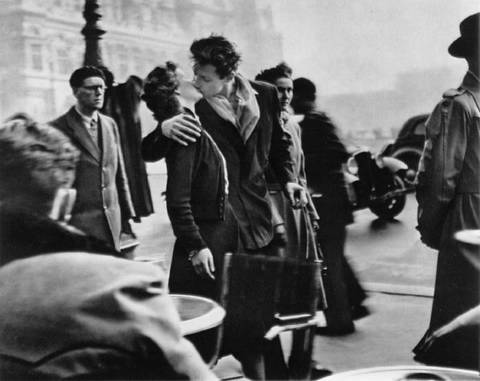If you're a politician who makes it your business to deny rights to a certain population based on that population's sexual proclivities, then your sexual predilections are also open for examination. I really don't object to what Mike Rogers is doing to hate-mongering, closeted conservative politicos.
People of the Web - Brokeback Hill
Mike Rogers has outed so many closeted gay politicos, he's starting to make Capitol Hill look like Brokeback Mountain.
By KEVIN SITES, WED MAY 30, 12:31 PM PDT
WASHINGTON - Members of the 110th Congress consider yourselves warned: Mike Rogers is making his list.
Rogers is a muckraking gay blogger who uses his insider's knowledge of Washington politics and broad blanket of contacts to "out" gay politicos — but only, he says, if they are undermining gay rights. Critics call his tactics divisive and politically motivated.
Mike Rogers says his blog exposes hypocrisy in government.
Rogers, a longtime gay activist, started blogactive.com in 2004, using it to yank out of the closet at least two-dozen, high ranking political figures, including senators, congressmen and Bush administration officials.
He's outed so many closeted gay politicos, he's starting to make Capitol Hill look like Brokeback Mountain. All of them, he says, use their positions to actively oppose the equal rights of gay citizens while at the same time, secretly live a gay life.
If you are a gay politico with something to hide, the left hand column of Roger's Web site is exactly where you don't want to see your name. He calls it "the list."
Former Rep. Mark Foley is on the list. Rogers wrote about him in March 2005, almost two years before the scandal that forced him to resign. "I reported on him hitting on younger men, said he was a danger to the community," he says.
Evidence emerged later that the conservative Florida Republican was sending sexually explicit emails to former young male congressional pages. Two claimed to have also had sex with Foley after they had left their jobs as pages.
"For me," Rogers says, "what it's really about is if congressman X thinks that gay people shouldn't have equal rights but goes home and is having sex with men, and not disclosing that, then we have a problem."
Rogers also blogged about Dan Gurley, the former national field director of the Republican National Committee — and a rising G.O.P. star.
Rogers says he targeted Gurley because of a divisive RNC flyer with a photo showing one man on bended knee, proposing to another — an attempt to use gay marriage as a wedge issue in conservative states.
Rogers says the flyers sowed hate — and Gurley, a gay man, approved it. Gurley denies he was responsible for the flyer or its distribution.
"I was aware of the flyer and I raised objections to it," he says. "I actually pointed it out to several individuals, [saying] that I thought it crossed a line, that I was uncomfortable with it."
But Rogers kept the heat on Gurley, linking to a profile Gurley kept on gay.com.
Dan Gurley has left politics but still calls himself a Republican.
“He was using the Internet to seek multiple partners for unprotected sex,” says Rogers.
Gurley says he had been in line for a job with the Bush Administration, but after Roger's posting, he was told to look elsewhere.
"Who did you blame," I ask him, "Rogers or the administration?"
"I think there is probably blame to go around, including myself," he says.
Gurley says the episode shook him up to the point of re-examining his beliefs, but in the end, he says he's still a Republican.
"For me what it's really about is if congressman X thinks that gay people shouldn't have equal rights but goes home and is having sex with men, and not disclosing that, then we have a problem." — Mike Rogers
People have called Rogers a gay terrorist, but he says, "The only people who say things like that are people who have a vested interest in protecting the closet."
"I feel more sad for [the people I out] than anger," Rogers says. "... That they are in this position, that they are self-loathing, willing to wake up everyday and go to work against the very community they are a member of is quite shocking."
Many gay organizations are troubled by outing but stop short of condemning it. The Gay and Lesbian Alliance Against Defamation "doesn't encourage outing, period," says GLAAD's Rashad Robinson. "But there is an argument that can be made — and many make it — for holding closeted political figures who attack and exploit gay people and our families for political gain accountable for their actions."
However, the Log Cabin Republicans, a gay Republican group, disagree. "Log Cabin is strongly against outing," says its president, Patrick Sammon. "It is unproductive and motivated by vengeance. It does nothing to further the cause of equality for gay and lesbian Americans."
In front of the Capitol building, Rogers says, "I think there need to be folks like me standing out here, pointing their fingers and saying, 'Clean up your act.'"
He adds that members of the 110th Congress should keep an eye out for his list.
-Producer: Jamie Rubin
-Video Editor: Tommy Morquecho


